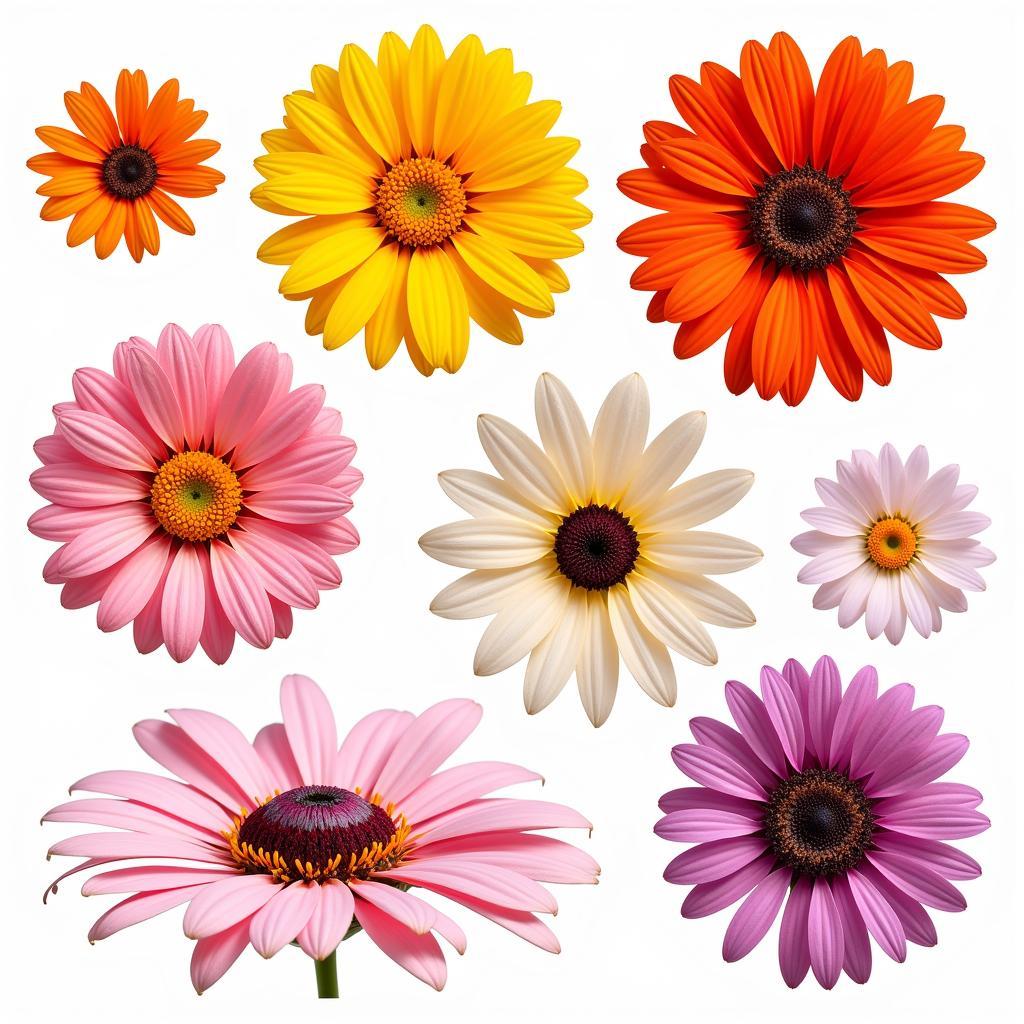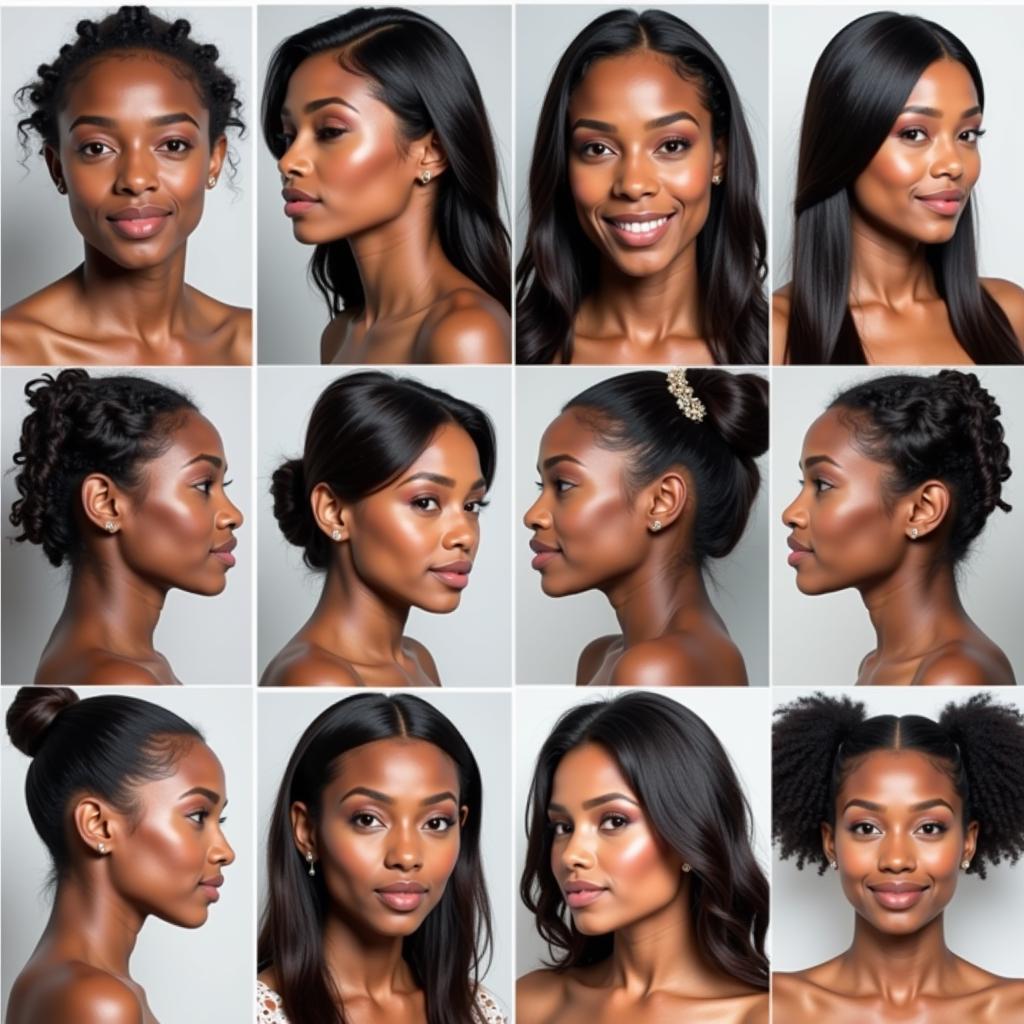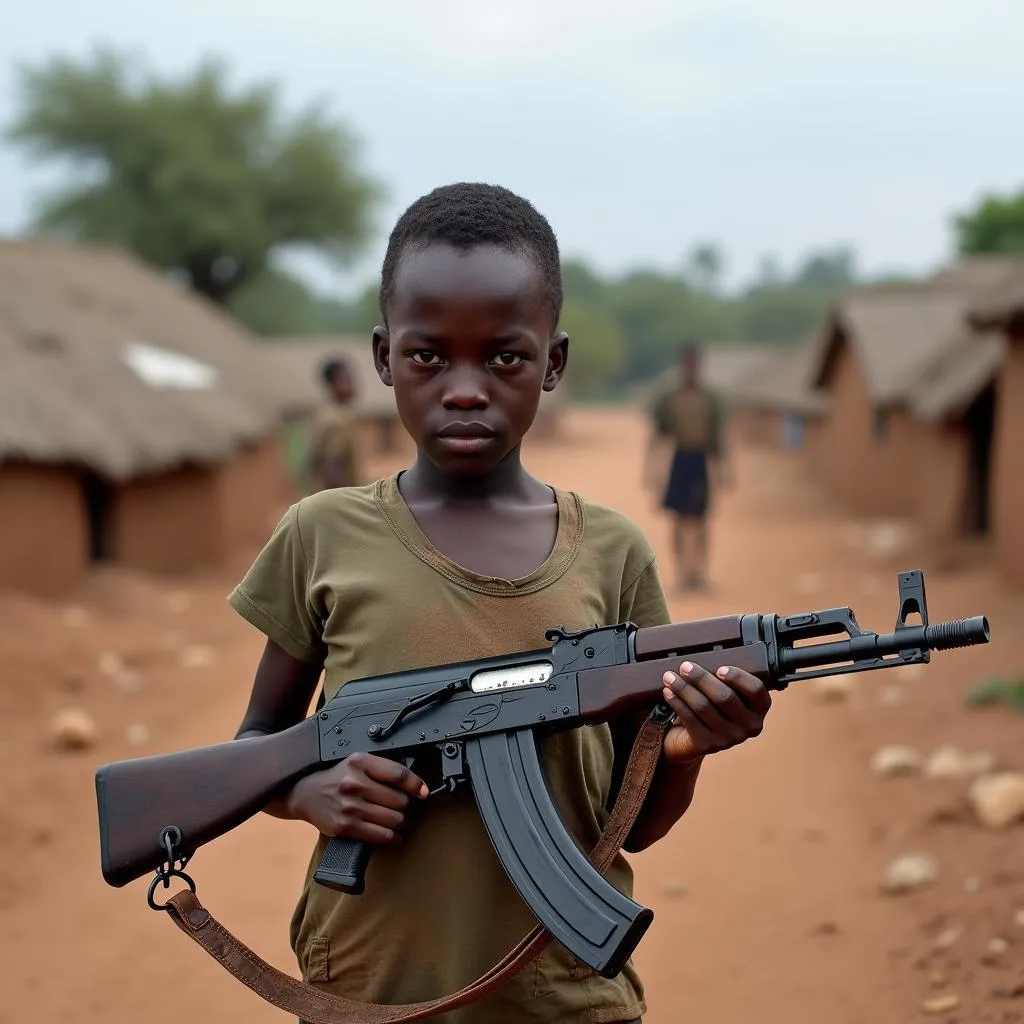Exploring the Significance of the African Dog Collar
African Dog Collars, whether functional or decorative, offer a fascinating glimpse into the diverse cultures and practices across the African continent. They represent more than just a tool for restraint; they are often imbued with symbolic meanings, reflecting the relationship between humans and animals, as well as social status and spiritual beliefs. From practical uses in herding and hunting to elaborate adornments showcasing artistry and craftsmanship, African dog collars hold a unique place in the continent’s rich tapestry of traditions.
For centuries, dogs have played integral roles in African societies, assisting in hunting, herding livestock, and guarding homes. The African dog collar evolved alongside these partnerships, adapting to specific needs and reflecting the unique environment. In some communities, the collar served primarily as a practical tool, made from readily available materials like leather or woven plant fibers. In others, it became a canvas for artistic expression, incorporating intricate beadwork, metal ornamentation, or even protective charms. Learning about these different styles reveals a deeper understanding of the relationship between humans and animals in diverse African cultures. For anyone interested in African dogs, understanding the significance of their collars is crucial.
The Practical Uses of African Dog Collars
Across the continent, African dog collars are essential for managing working dogs. In pastoralist communities, collars are vital for controlling livestock guardian dogs, allowing herders to direct their movements and protect their valuable animals. These collars are typically sturdy and durable, designed to withstand the rigors of daily life in harsh environments. Similarly, hunters utilize specialized collars to aid in tracking and retrieving game. These collars can be equipped with bells or other noise-making devices to help locate dogs in dense vegetation. The evolution of the African dog collar reflects the ingenuity and adaptability of African communities. Did you know that some collars even incorporate medicinal herbs to protect dogs from parasites?
After this section, consider exploring our resource about African dogs for sale. It provides valuable information for those considering bringing an African breed into their home.
Symbolism and Artistry in African Dog Collars
Beyond their practical functions, African dog collars are often imbued with symbolic meaning. In some cultures, collars are adorned with protective charms or amulets believed to ward off evil spirits or enhance the dog’s hunting prowess. These adornments can be made from a variety of materials, including beads, shells, feathers, and even animal teeth or claws. The specific materials used often carry their own symbolic weight, representing different aspects of the natural world or spiritual beliefs. The intricate beadwork and metalwork found on some collars are not just decorative; they can signify social status, clan affiliation, or the dog’s role within the community.
African Dog Collars: A Reflection of Cultural Identity
Each region of Africa boasts its own unique style of dog collar, reflecting the diverse artistic traditions and cultural practices across the continent. From the vibrant beadwork of the Maasai in East Africa to the elaborately carved wooden collars of West Africa, each design tells a story. Examining these regional variations offers a fascinating glimpse into the rich cultural tapestry of Africa. For instance, some collars incorporate materials unique to a specific region, such as shells from coastal areas or specific types of wood from forested regions.
Are you curious about African lovebirds? Our website offers detailed information about these beautiful birds. about african lovebirds
Preserving the Tradition of African Dog Collars
In a rapidly changing world, preserving the traditional craft of making African dog collars is essential. Many artisans continue to create these beautiful and meaningful objects, passing down their skills and knowledge to future generations. Supporting these artisans not only helps to maintain cultural heritage but also provides economic opportunities for local communities. By appreciating the artistry and cultural significance of African dog collars, we can contribute to their continued existence and ensure that these traditions are not lost to time.
Dr. Anika Nkosi, a renowned anthropologist specializing in African cultural heritage, notes, “African dog collars are more than just accessories; they are tangible expressions of cultural identity and the profound bond between humans and animals.”
Looking for African Boerboel puppies? Check out our dedicated page for information and listings. african boerboel puppies for sale
In conclusion, the African dog collar is much more than a simple tool. It represents a rich history of human-animal interaction, cultural expression, and artistic skill. From the practical uses in herding and hunting to the symbolic adornments that reflect spiritual beliefs and social status, African dog collars offer a unique window into the diverse cultures of the continent. By understanding and appreciating these traditions, we can contribute to their preservation for generations to come.
FAQ
-
What are African dog collars typically made of?
Materials vary by region and include leather, woven plant fibers, beads, metal, wood, shells, feathers, and even animal teeth or claws. -
What is the symbolic meaning of African dog collars?
They can represent protection, hunting prowess, social status, clan affiliation, and the dog’s role within the community. -
Where can I find authentic African dog collars?
Supporting local artisans and reputable cultural organizations is the best way to find authentic collars. -
How can I learn more about the specific cultural significance of different collar styles?
Researching specific ethnic groups and their traditions will provide deeper insights. -
Are African dog collars still made today?
Yes, many artisans continue to practice these traditional crafts. -
Why is it important to preserve these traditions?
Preservation maintains cultural heritage and provides economic opportunities for local communities. -
What are some examples of regional variations in African dog collars?
The Maasai of East Africa are known for their vibrant beadwork, while West African collars often feature elaborate wood carvings.
Common Scenarios & Questions:
- Scenario: You are traveling in Africa and want to purchase an authentic dog collar. Question: How can I ensure I’m buying a genuine piece and supporting local artisans?
- Scenario: You are researching African cultures and want to understand the symbolism behind different dog collar designs. Question: What resources are available for in-depth information on specific regional styles and their meanings?
- Scenario: You are interested in incorporating African-inspired designs into your own artwork. Question: How can I respectfully draw inspiration from these cultural artifacts without appropriating them?
Further Exploration:
You might also be interested in learning about African American birthday party themes or exploring other aspects of African culture on our website.
Call to Action:
For any inquiries or assistance, feel free to contact us via phone at +255768904061, email at kaka.mag@gmail.com, or visit our office in Mbarali DC Mawindi, Kangaga, Tanzania. We have a 24/7 customer service team ready to assist you.




